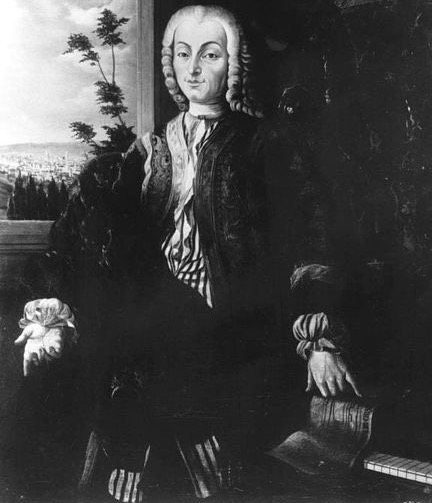- Read offline
- Access all content
- Use the in-app Map to find sites, and add custom locations (your hotel...)
- Build a list of your own favourites
- Search the contents with full-text search functionality
- ... and more!
Bartolomeo Cristofori
Inventor of the Piano

Un Arpicembalo di Bartolomeo Cristofori di nuova invenzione, che fa' il piano, e il forte
(an arpicembalo, a new invention of Bartolomeo Cristofori, that plays both soft and loud)item in the 'Medici Inventories' for the year 1700
The 'arpicembalo' would soon be called a pianoforte, or what we now know as a piano. Its inventor (1655-1731), a talented musician and instrument maker from Padua, was called to Florence in 1696 as Keeper of the Instruments and tutor to the musically gifted Prince Ferdinando, son of Grand Duke Cosimo III (Ferdinando would never reign as Grand Duke. He succumbed in 1713 to the syphilis he contracted at the Venetian Carnival, most likely on the same trip where he first met Cristofori, leaving the succession to the last male Medici, his brother Gian Gastone).
In Florence, Cristofori designed two original types of spinet (a small harpsichord) before coming up with the piano. The new, marvellously expressive keyboard gained popularity surprisingly slowly. The German piano maker Simmelmann showed one to Bach in 1730, and he didn't like it—although a couple of decades later he would be helping Simmelmann sell his new improved version. You can see an original one in the Museum of Musical Instruments, in the Galleria dell’Accademia.
Image by Anonymous

